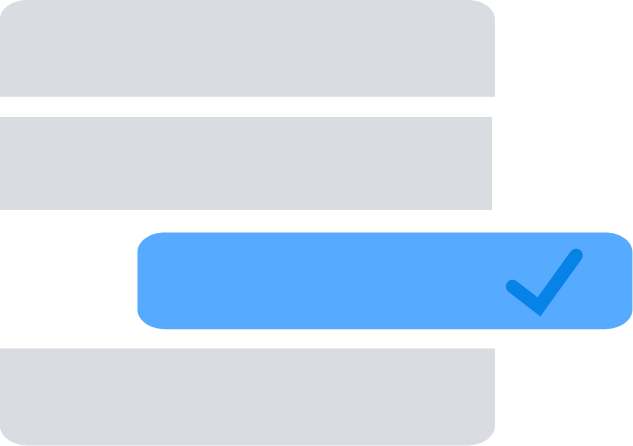Turn your enterprise into
an Idea Factory with Turnkey AI
Rapidly leverage patented AI solutions and transformative methodologies to reimagine how your teams work, engage with customers, and scale their best ideas with the click of a button.
The world thinks in files. We think in Ideas®

DAYNE TURBITT • FMR. SVP & GENERAL MANAGER – DELL TECHNOLOGIES, UK
December, 2022
“Dell generated over $650 Million in new opportunities, 10X the number of shots on goal, no incremental cost increase, proposal creation timelines of 3-6 weeks turned into 2 days of work, with my team of just 4 Dell Employees using Iternal.”

“Dell generated over $650 Million in new opportunities, 10X the number of shots on goal, no incremental cost increase, proposal creation timelines of 3-6 weeks turned into 2 days of work, with my team of just 4 Dell Employees using Iternal.”
DAYNE TURBITT • FMR. SVP & GENERAL MANAGER – DELL TECHNOLOGIES, UK
December, 2022
With Turnkey AI you can….
Blockify documents to create IdeaBlocks®
Our patented Blockify technology is at the heart of our solutions. Blockify increases the accuracy of Large Language Models by 40X through a special information distillation process, breaking content down into Modular Components® we call IdeaBlocks.

